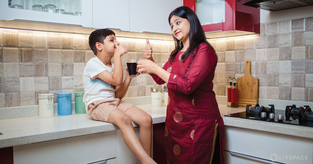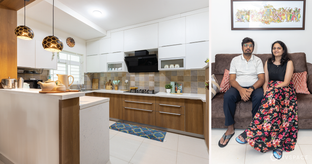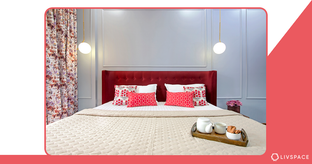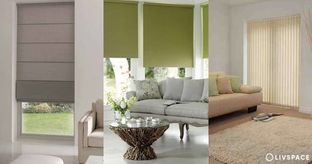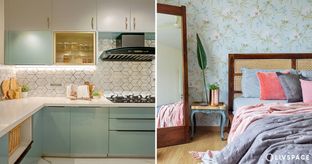For family and friends, learning that a loved one has Alzheimer’s disease can be overwhelming. As the disease damages the nerve cells in the brain, patients gradually lose their memories and the ability to control bodily control functions. In Indian families, where older parents commonly live with their children, this can be especially difficult to watch.
But, by making a patient’s home Alzheimer-friendly, loved ones can make their lives safer and easier in the long run. Improving the person’s living environment can help him or her lead a happy life and give them the opportunity to remain socially engaged with the rest of the family.
Here, we’ve shared some ideas to help you do just that. This handy Alzheimer’s home safety checklist will help you create a comfortable environment for patients.

General tips for any room in the house:
- Light is essential for any Alzheimer’s patient. Ensure plenty of natural light throughout the day to facilitate clear vision. Similarly, draw the curtains at night to indicate it is nighttime.
- Clashing patterns on the floor and upholstery can create confusion. Keep your decor simple.
- Always keep telephone numbers handy near the telephone, if possible with photographs.
- Tripping on rugs and random things is easy for an Alzheimer’s patient. Keep the rugs minimal or remove them altogether.
- Keep household cleaning items and hazardous substances locked in cabinets.
- Alzheimer’s patients also have a tendency to wander off. Make sure that all doors leading outside have alarms and locks.
1. Living Room
- Increase lighting by a minimum of four times the normal levels. It is very important to keep the room well lit.
- Seating should be comfortable and appropriate for the patients.
- Keep commonly used objects such as TV remotes in a fixed spot so that they can be easily accessed.
2. Bedroom:
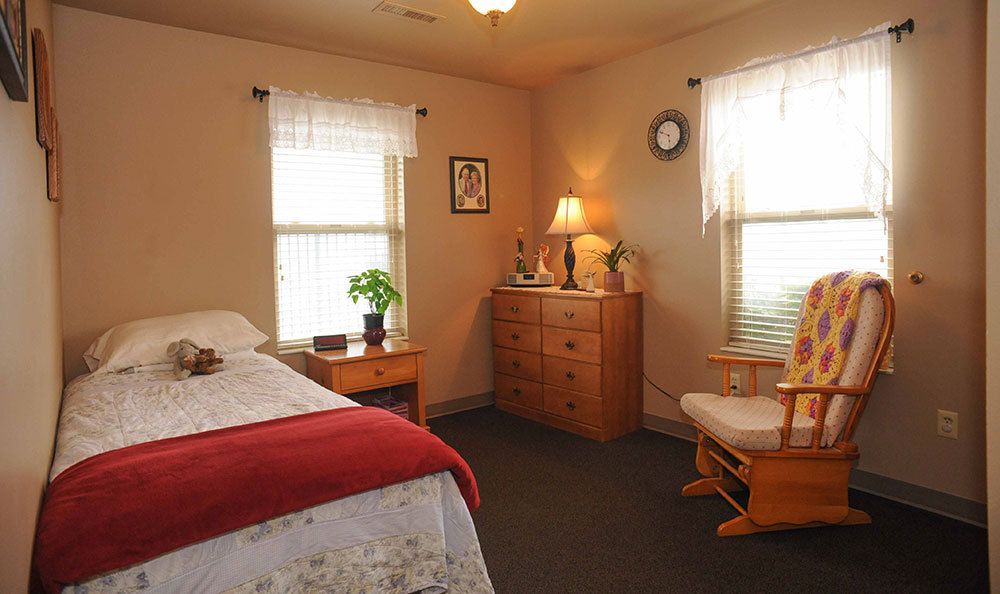
Source: crhchandlerhouse
- Paint the bedroom door in a contrasting color to make it easily differentiable.
- Personalise the door by having a sign or putting up photographs.
- Make the bed visible, since a person suffering from dementia can find it difficult to identify his/her bed. Use contrasting bed linen and sheets.
- A person with Alzheimer finds his reflection disturbing because they do not recognise themselves. Cover or remove mirrors altogether.
- Night lights or sensor lights which activate the moment a person gets up are very essential in the patient’s bedroom.
3. Bathroom:
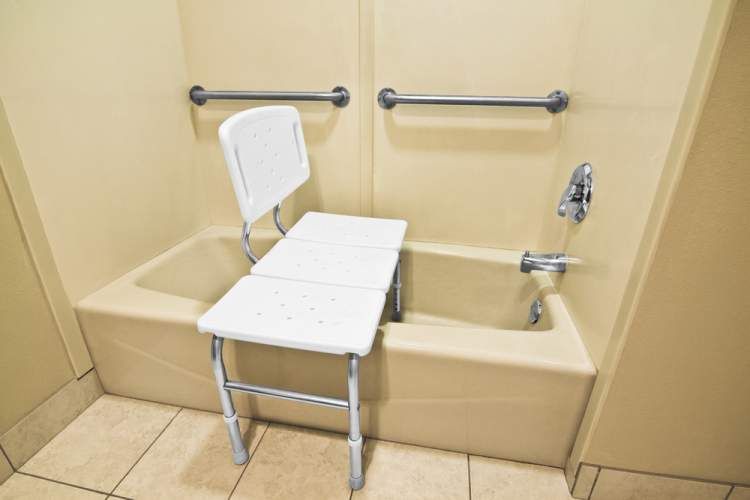
- Toilet seats, handrails and towels should be easily identifiable. Non-slip mats are a must too.
- Use open shelving to display toothpaste, brushes, shampoo and so on.
- Thermostat for hot water should not be set too high, since a person with dementia might forget to check water temperature.
- Toilets must be easy to find. Seats should be of contrasting color to the pan.
- Always keep the same towel and in the same place.
4. Kitchen:

- Clear view of everything from jars of tea and coffee, utensils, cookers and food is very essential.
- Labelling units can help the patient identify things easily.
- The floor should be plain and non-slippery with special attention towards spillage.
- Everything that the patient needs to use, should be in reach and easy to use.
- Kitchen surfaces should be kept clutter free, leaving out only those things used each day.
There are many possible modifications, some small, some involving more attention. Each member of the house can contribute to improve safety, improved quality of life and help your loved one to live a comfortable life.


